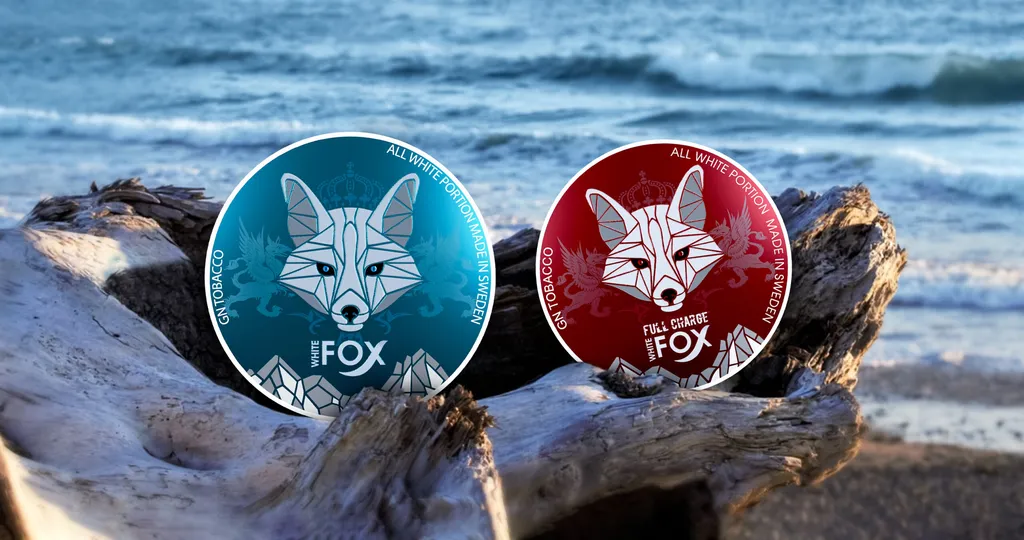Have you ever paused to consider the sheer oddity of language? How arbitrary sounds and symbols coalesce to form meaning, to bridge the gap between minds? The English language, a sprawling, ever-evolving beast, is a prime example. And within its vast lexicon lie words like “snuff” and “snuns,” each with its own story to tell. What are these stories? Let’s take a look.
Snuff – A Pinch of History
The word “snuff” carries a weight of history, a whiff of bygone eras. Primarily, it refers to finely ground tobacco that is inhaled through the nose. Imagine the powdered leaves, carefully prepared, offering a quick nicotine fix and a distinctive aroma. This practice, once fashionable and widespread, particularly amongst the upper classes, has largely faded from mainstream culture. Can you picture powdered tobacco in a silver box?
But snuff isn’t limited to tobacco. The term can also describe the act of extinguishing a candle flame. Think of a candle snuffer, a small tool designed to gently put out the light without creating smoke. What a contrast between the two meanings, inhalation and exhalation!
Beyond these concrete uses, “snuff” can also take on a more figurative meaning. To “snuff out” something can suggest to extinguish it, to put an end to it abruptly. You might say, “The scandal snuffed out his political career,” implying a sudden and decisive termination. Does this metaphorical usage broaden the meaning of a simple word?
Snuns – A Ghost in the Machine?
Now, let’s turn our attention to “snuns.” Here, the path becomes less clear. Unlike “snuff,” “snuns” does not appear as a recognized word in standard English dictionaries. It is not a term you would typically encounter in literature, journalism, or everyday conversation. Where does this leave us?
One possibility is that “snuns” is a misspelling or a typographical error. Perhaps it was intended to be “suns,” the plural of “sun,” or even “shuns,” meaning to deliberately avoid someone or something. Context, of course, would be crucial in determining the intended meaning. Could a misplaced finger on the keyboard create a phantom word?
Another possibility, and perhaps a more intriguing one, is that “snuns” exists as a neologism, a newly coined word. In the ever-shifting landscape of language, new words are constantly being created, often within specific communities or online circles. It is possible that “snuns” has a meaning known only to a select few.
Or “snuns” might be a dialectal variation, a word used only in a specific region or by a particular group of people. Language is not monolithic; it is a tapestry woven from countless local variations and subcultures. Is it possible that “snuns” is a thread in this tapestry that most of us have never encountered?
Without additional context, the meaning of “snuns” remains elusive. It serves as a reminder of the vastness and complexity of language, and of the many words and phrases that exist just beyond the reach of our individual knowledge. Is it a real word waiting to be discovered, or a linguistic illusion?
The Ever-Evolving Nature of English
The juxtaposition of “snuff” and “snuns” highlights a fundamental truth about the English language – it is constantly changing. Words gain new meanings, old words fall into disuse, and new words are born. This process of linguistic evolution is driven by countless factors, including technological advancements, cultural shifts, and the simple human desire to communicate more effectively. How does this constant state of flux affect our understanding?
Consider the word “selfie,” a relatively recent addition to the English lexicon. A decade ago, the term would have been largely unknown. Now, it is a ubiquitous part of our digital vocabulary, reflecting the rise of social media and the increasing importance of self-representation. Isn’t it amazing how quickly a new word can become integrated into our language?
The story of “snuff” and the mystery of “snuns” remind us that language is a living, breathing entity. It is a tool that we use to shape our world, to express our thoughts and feelings, and to connect with one another. And just like any living thing, it is constantly adapting and evolving to meet the needs of its users. What direction will it take in the future? Only time will tell.



